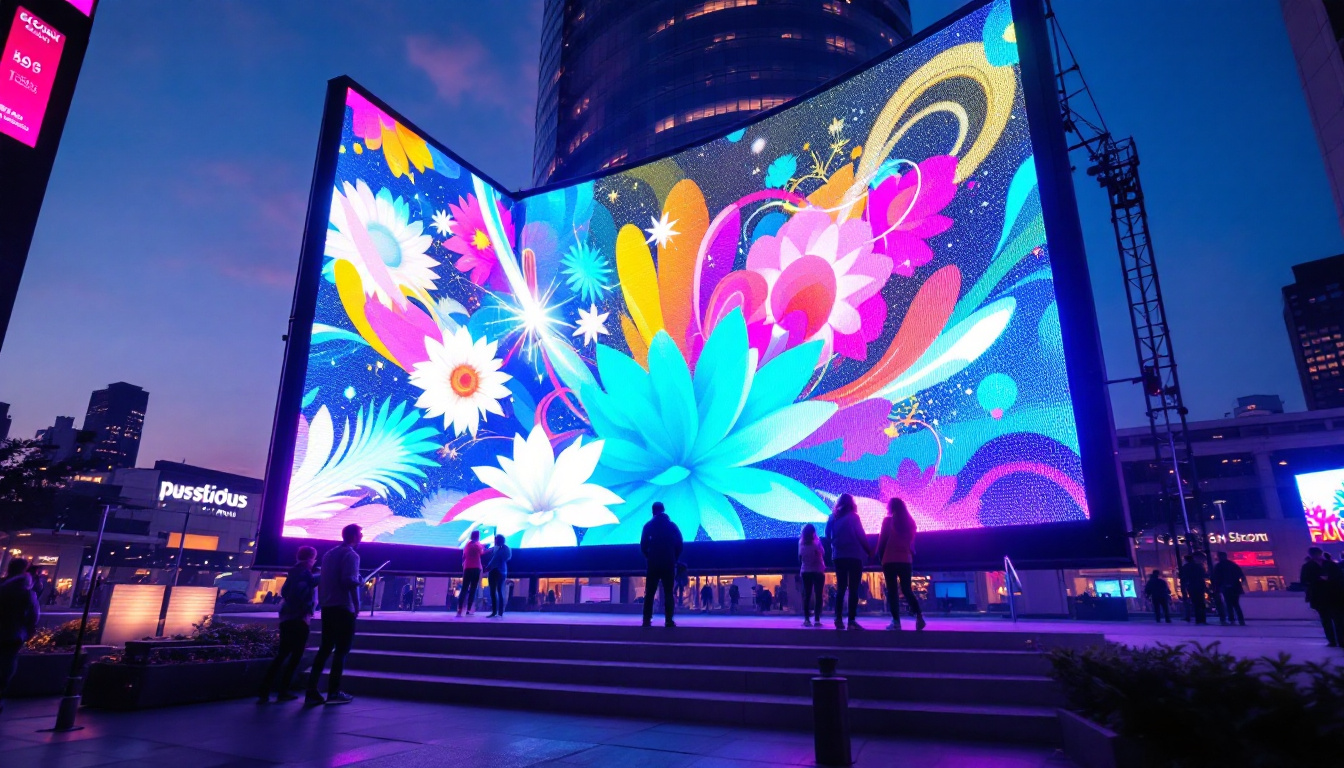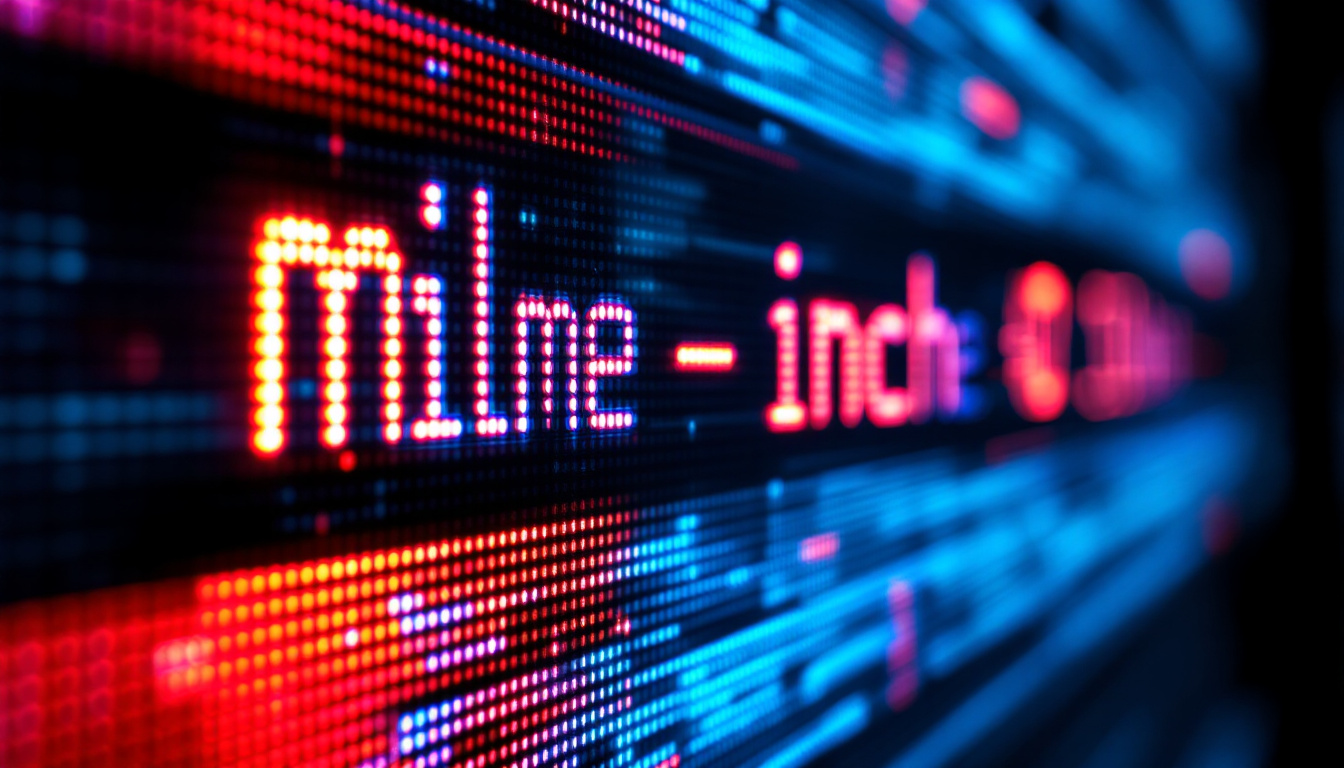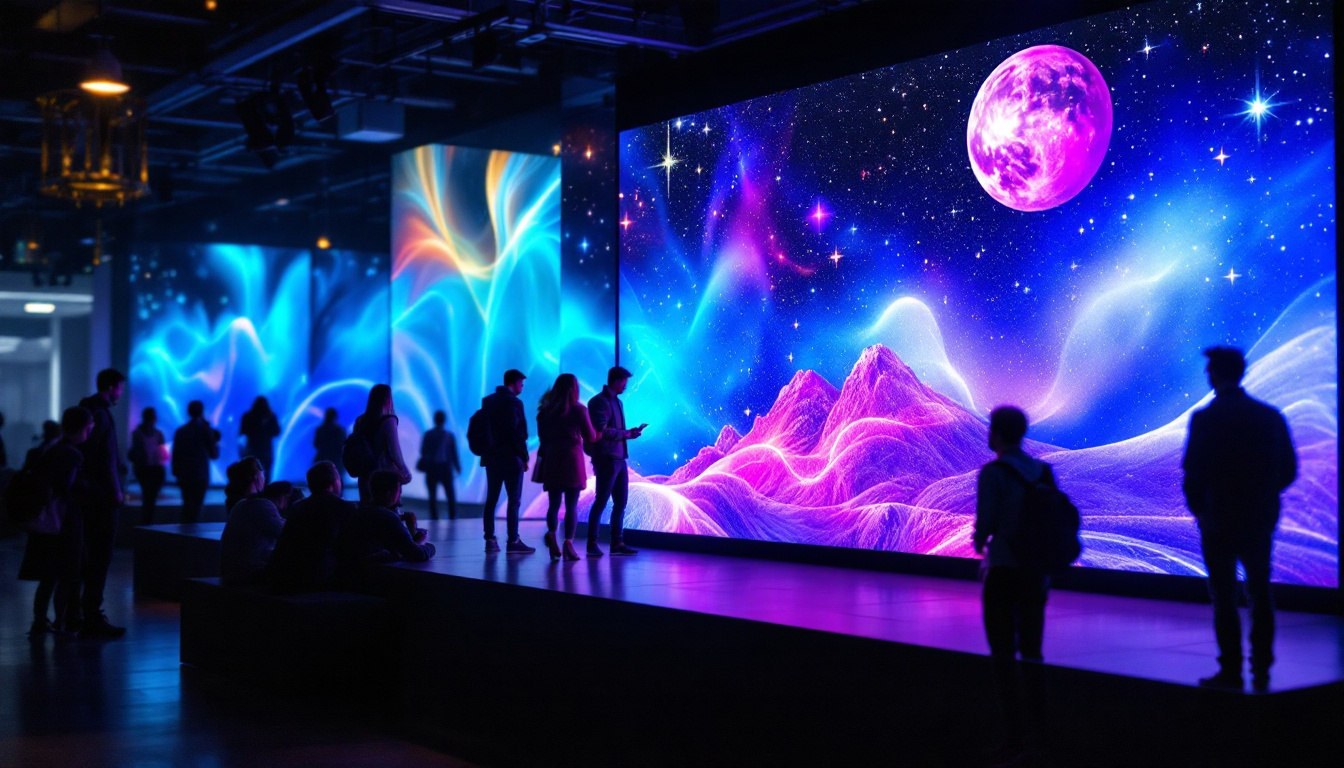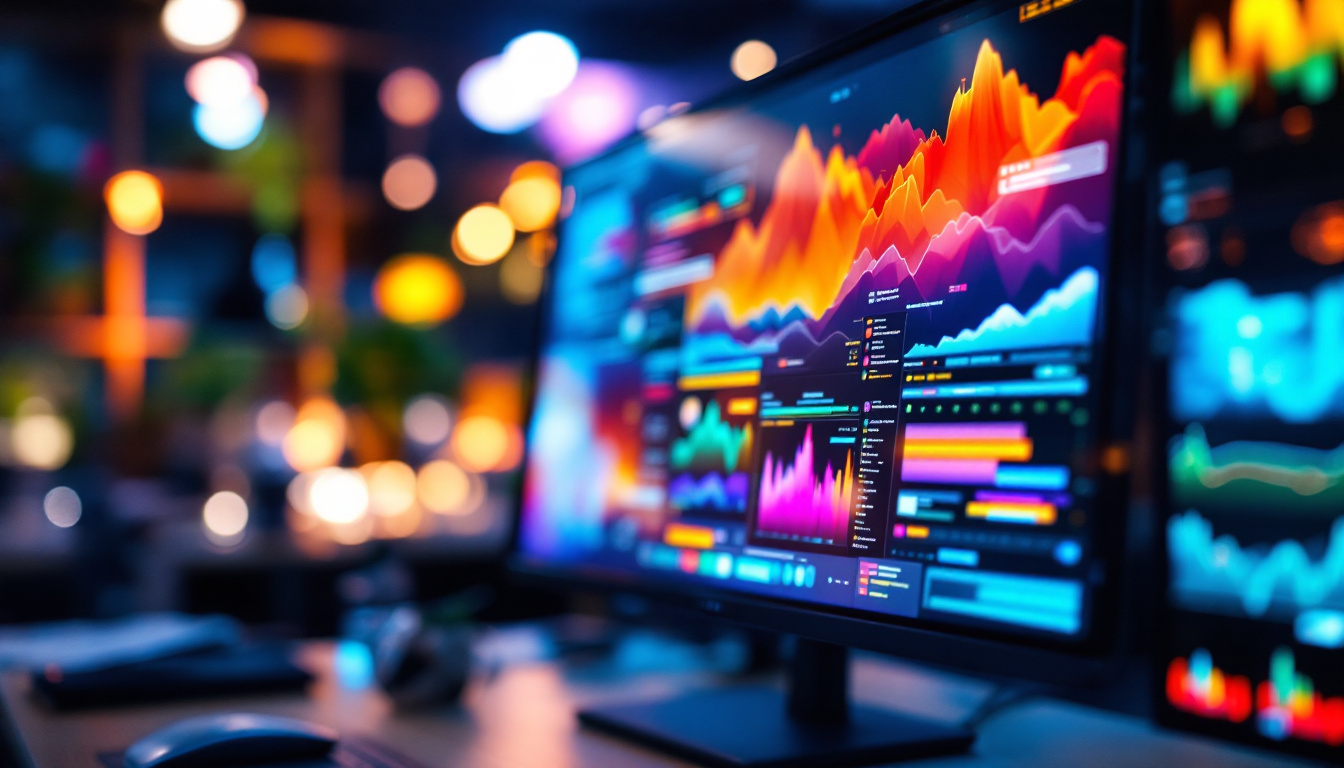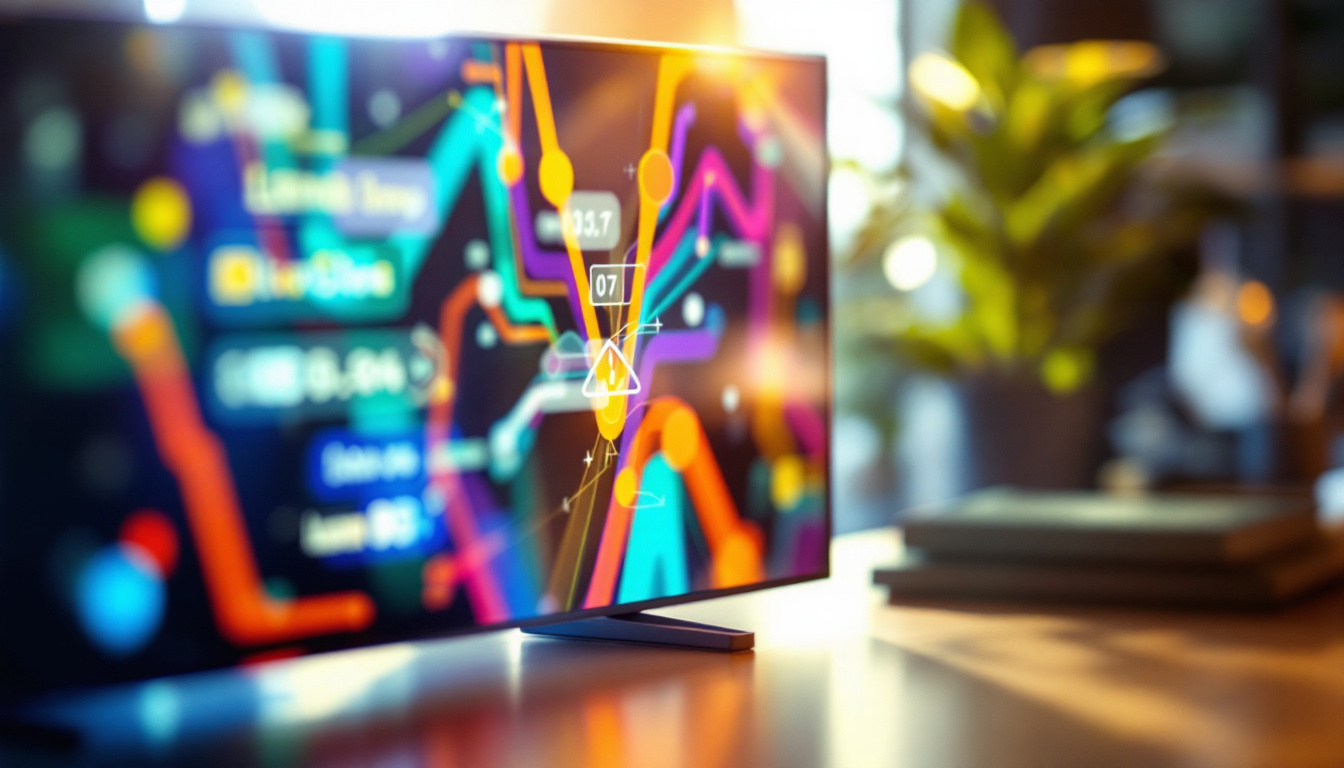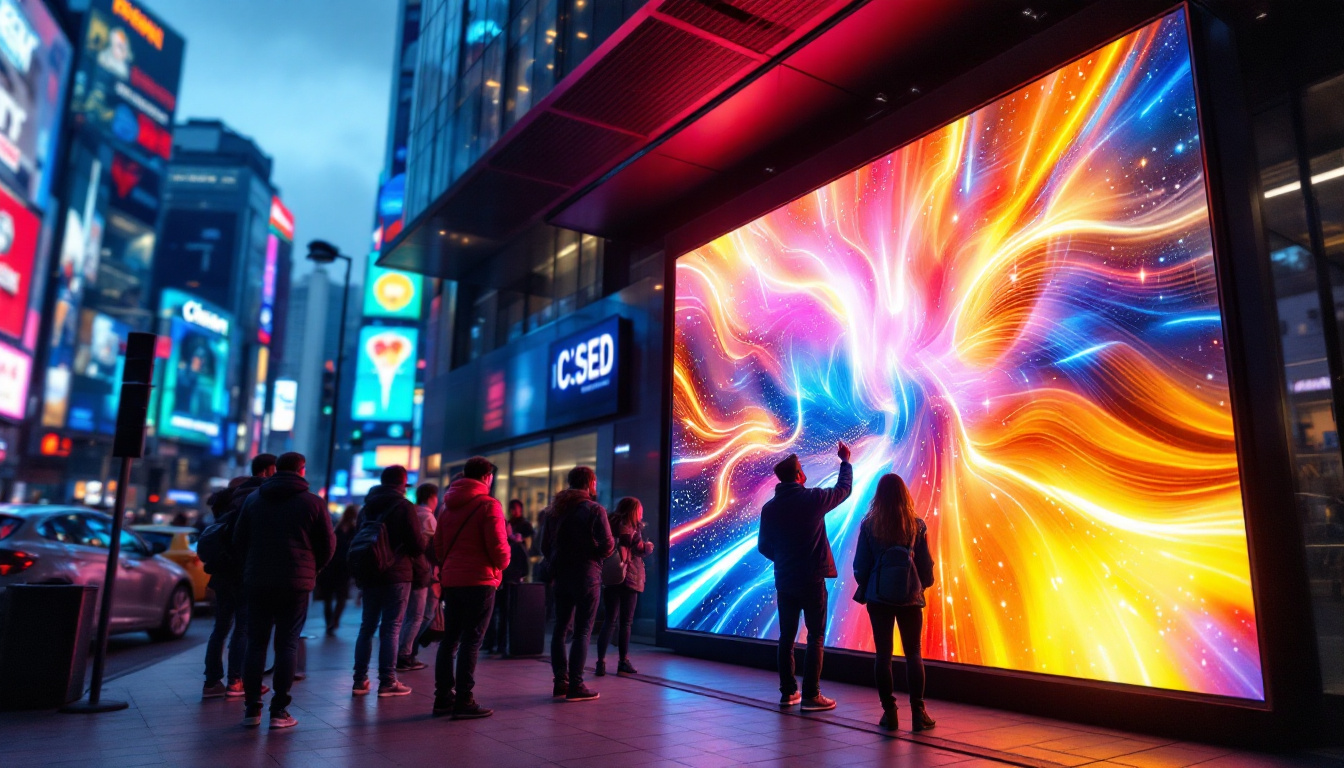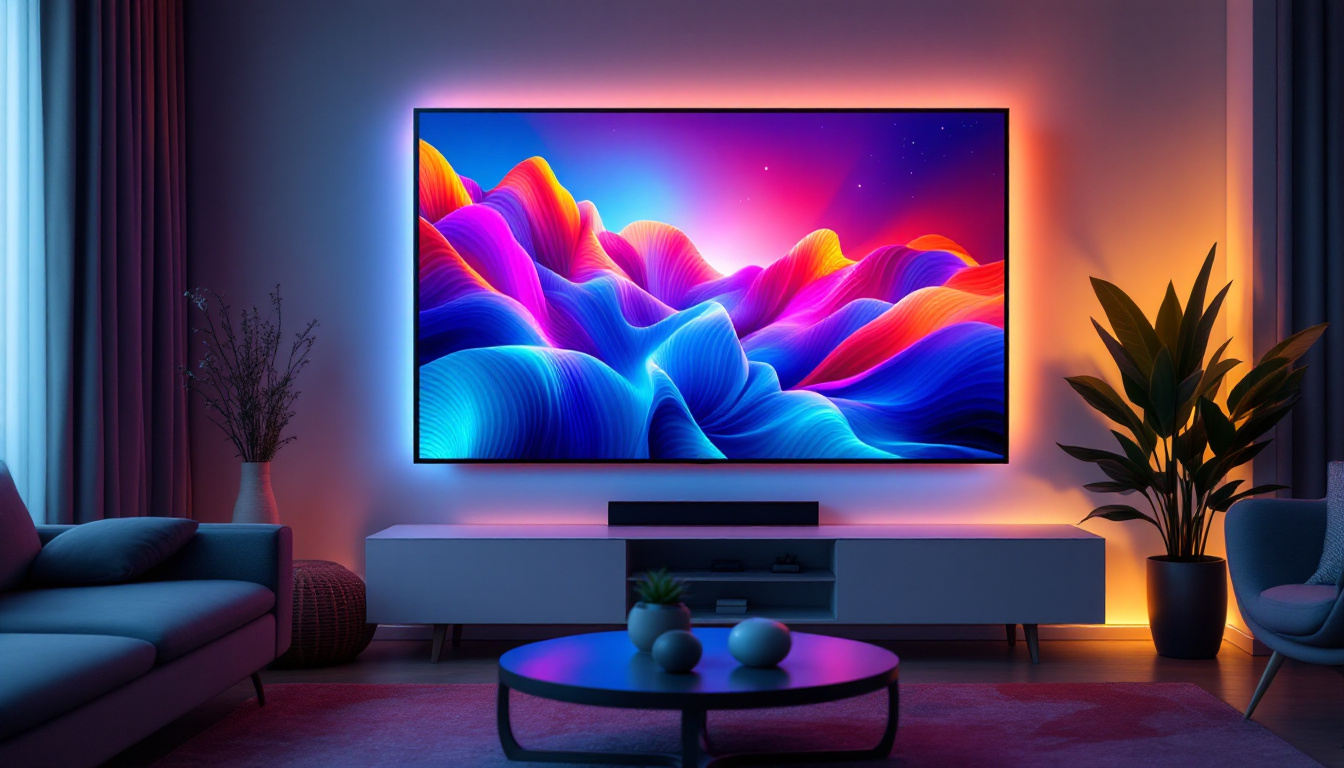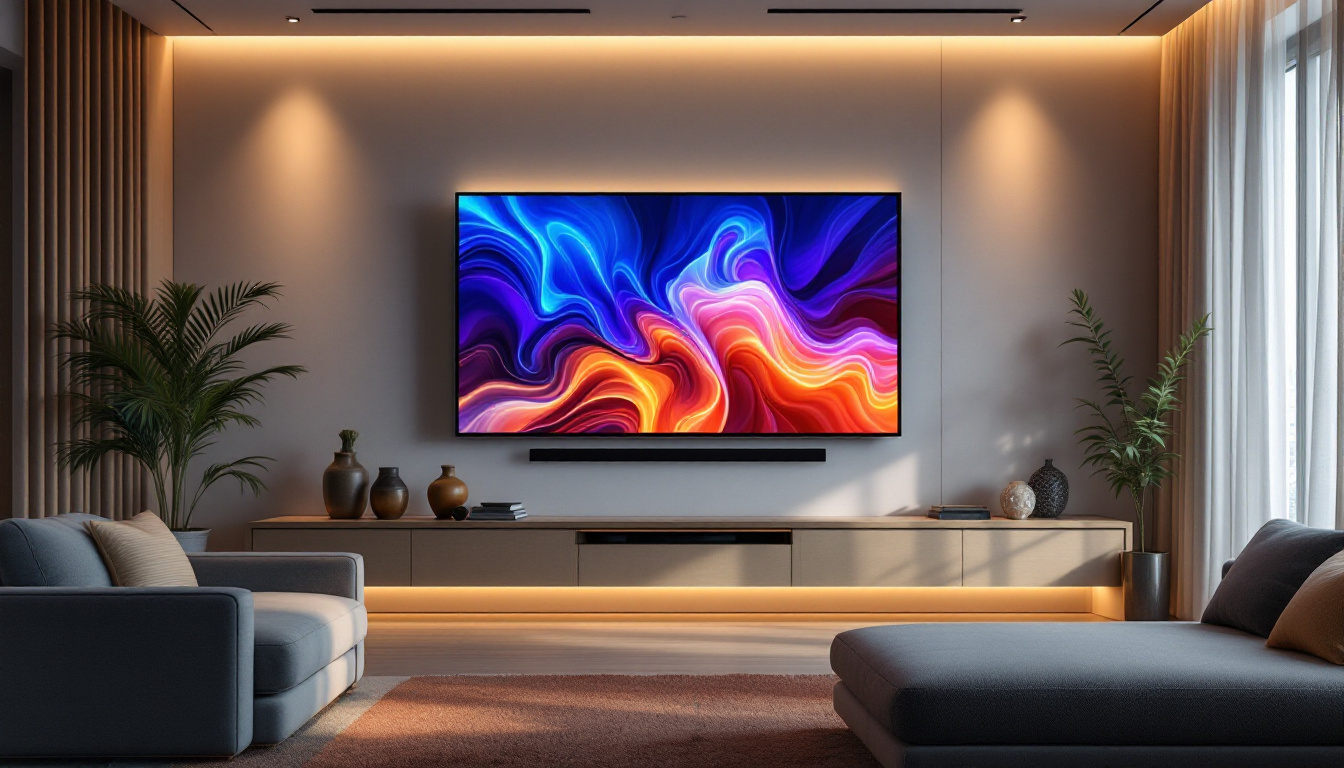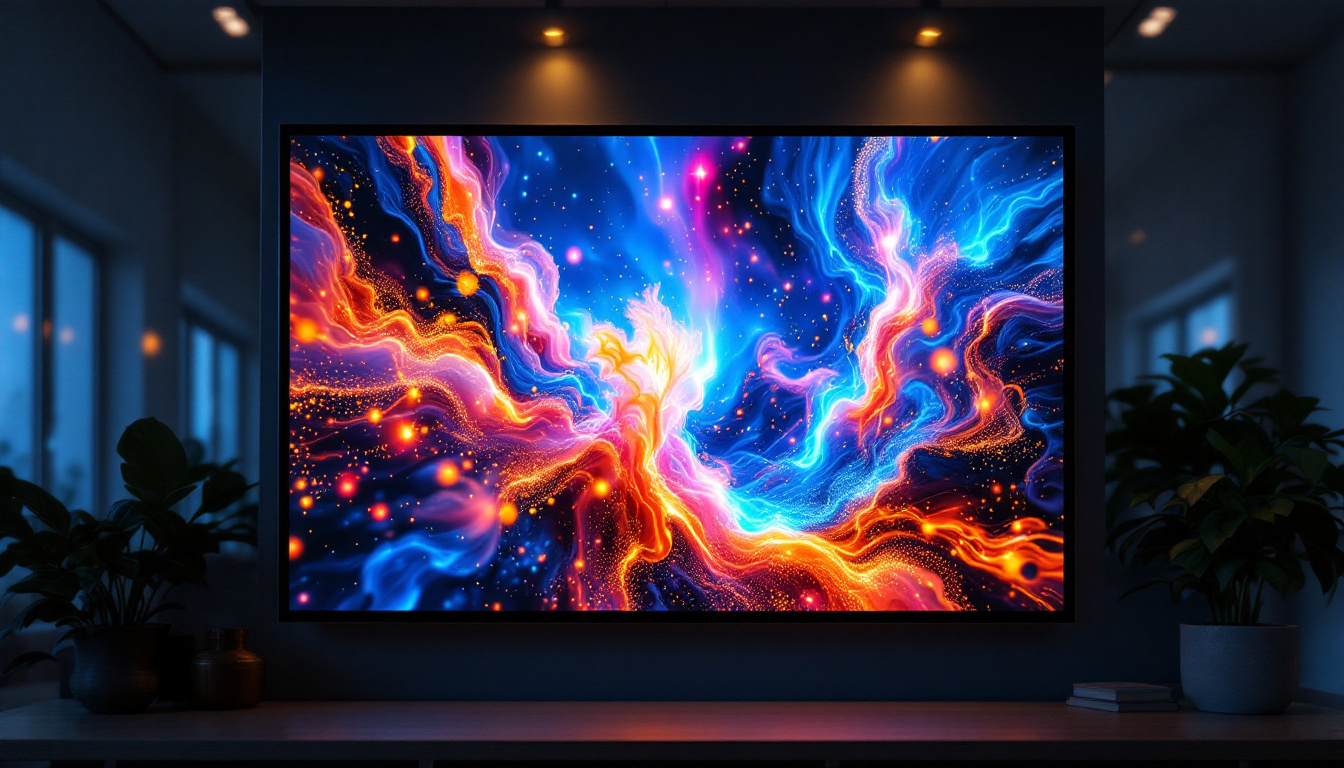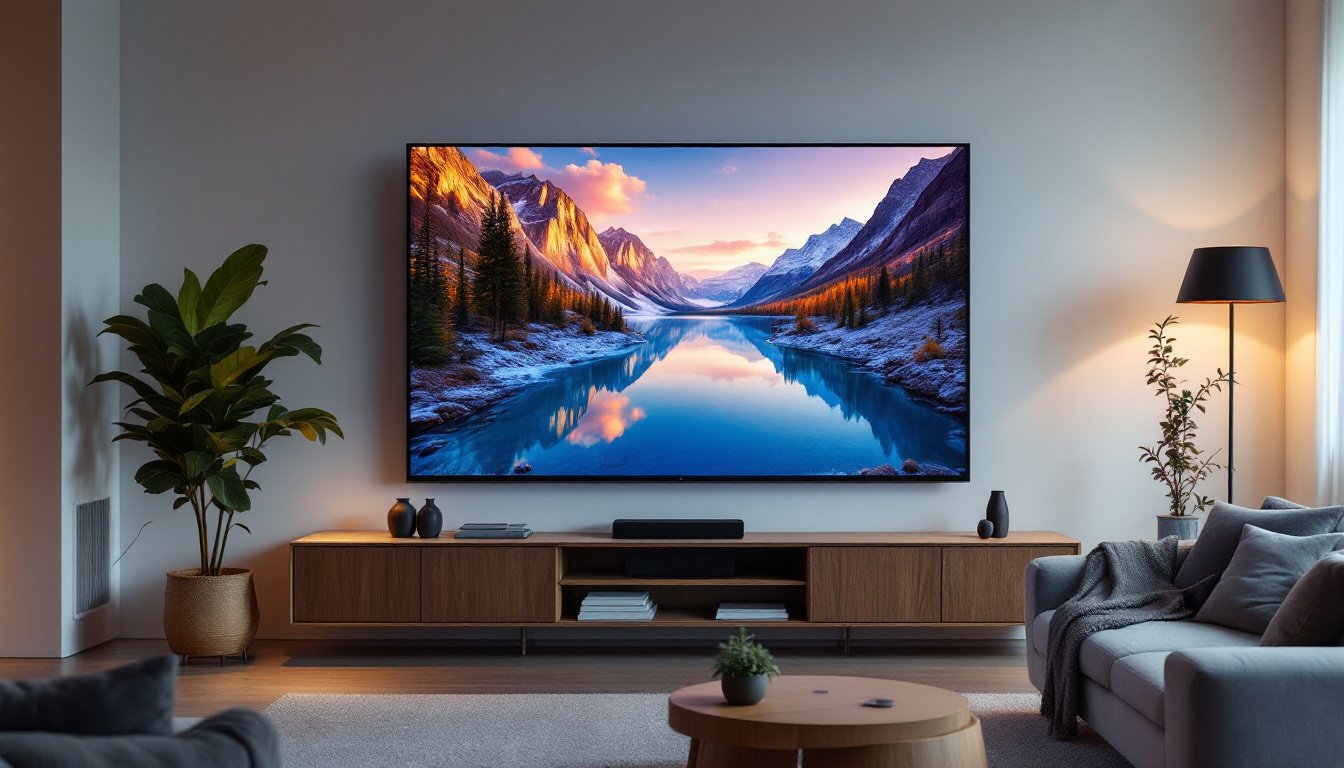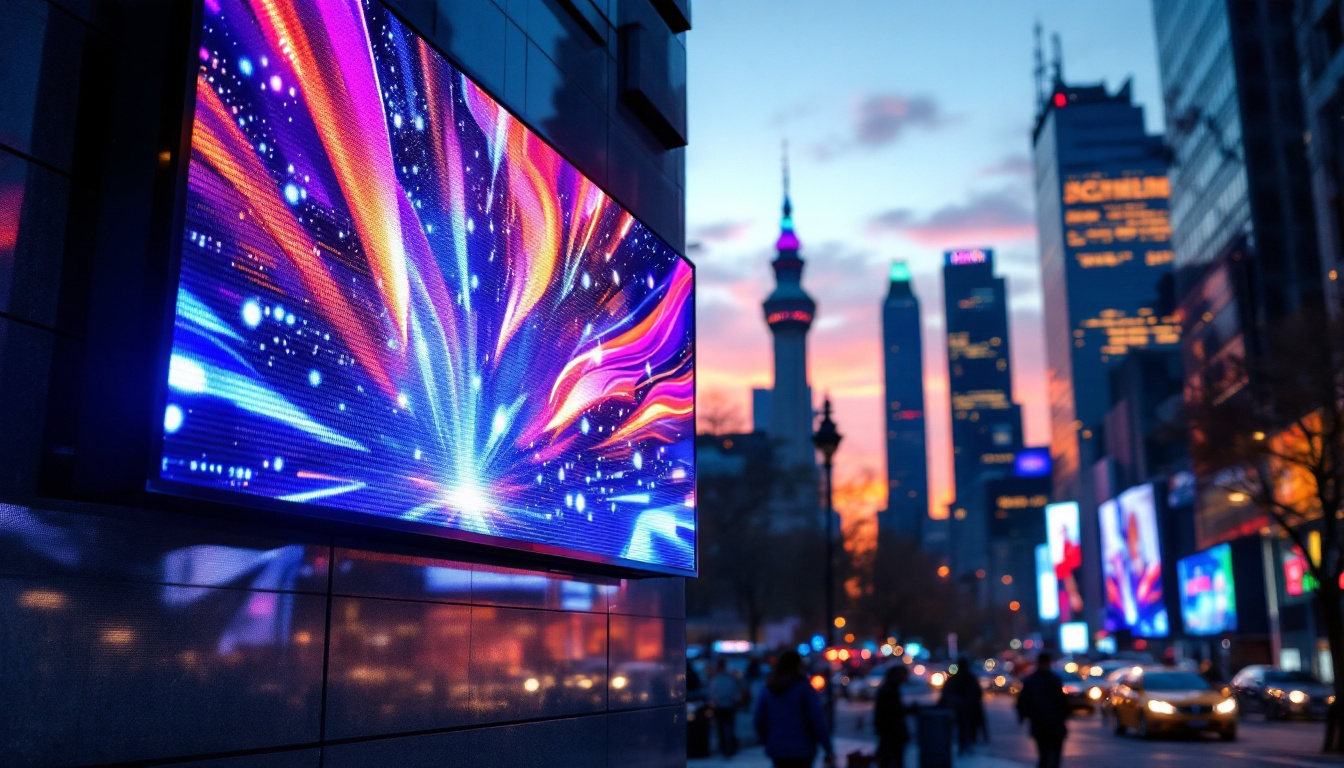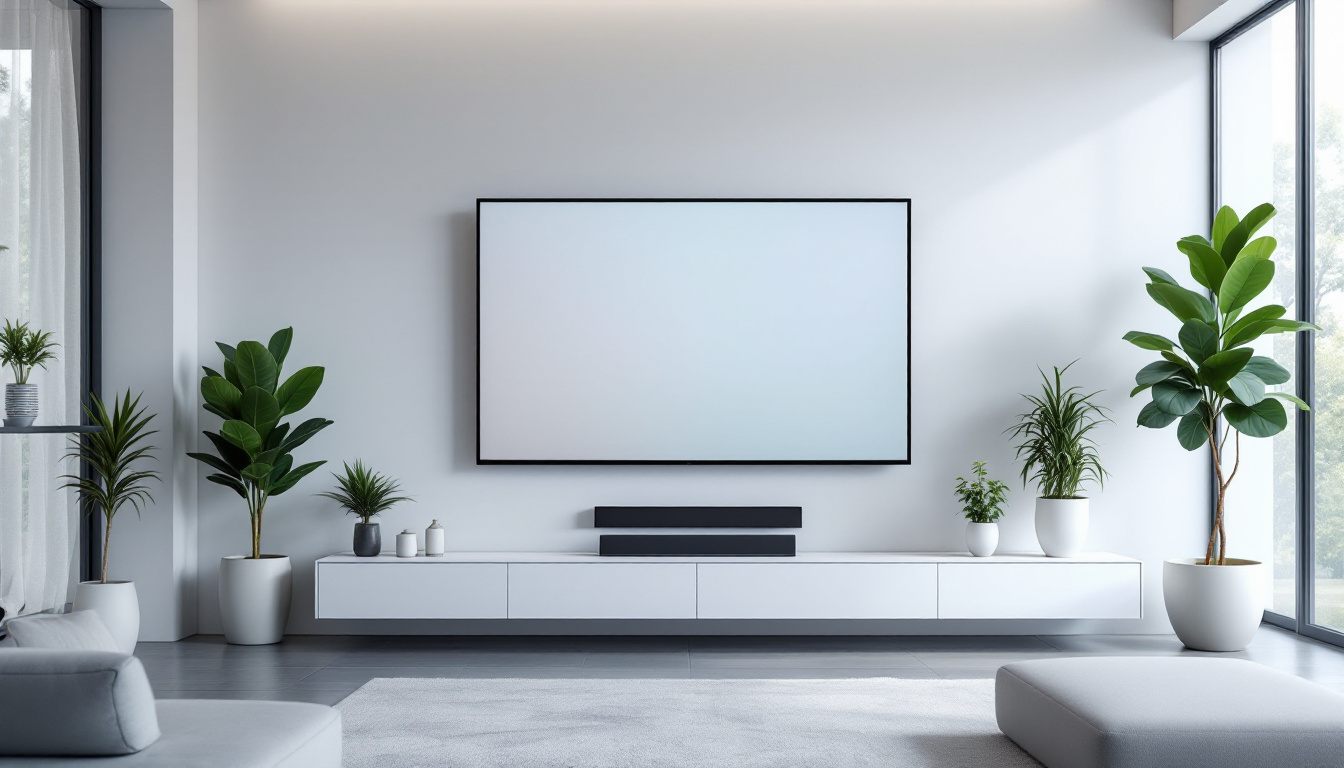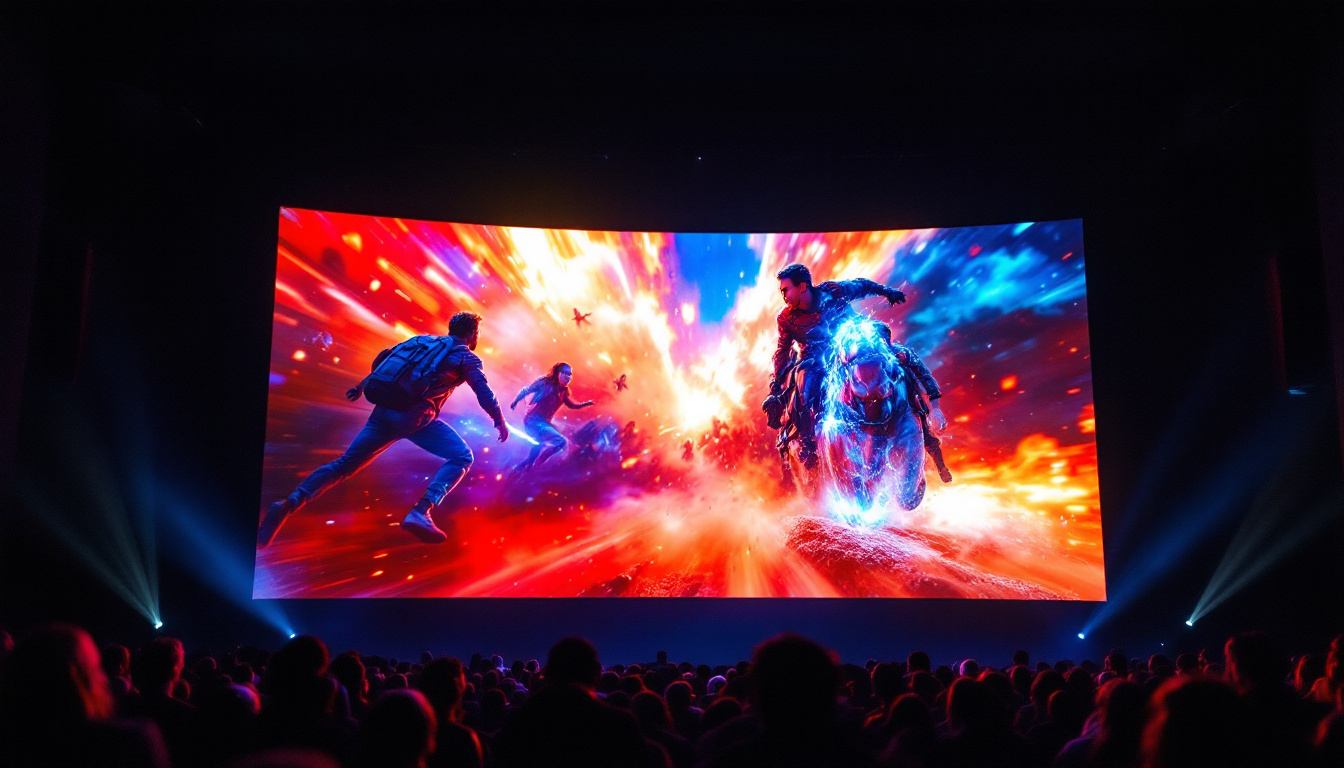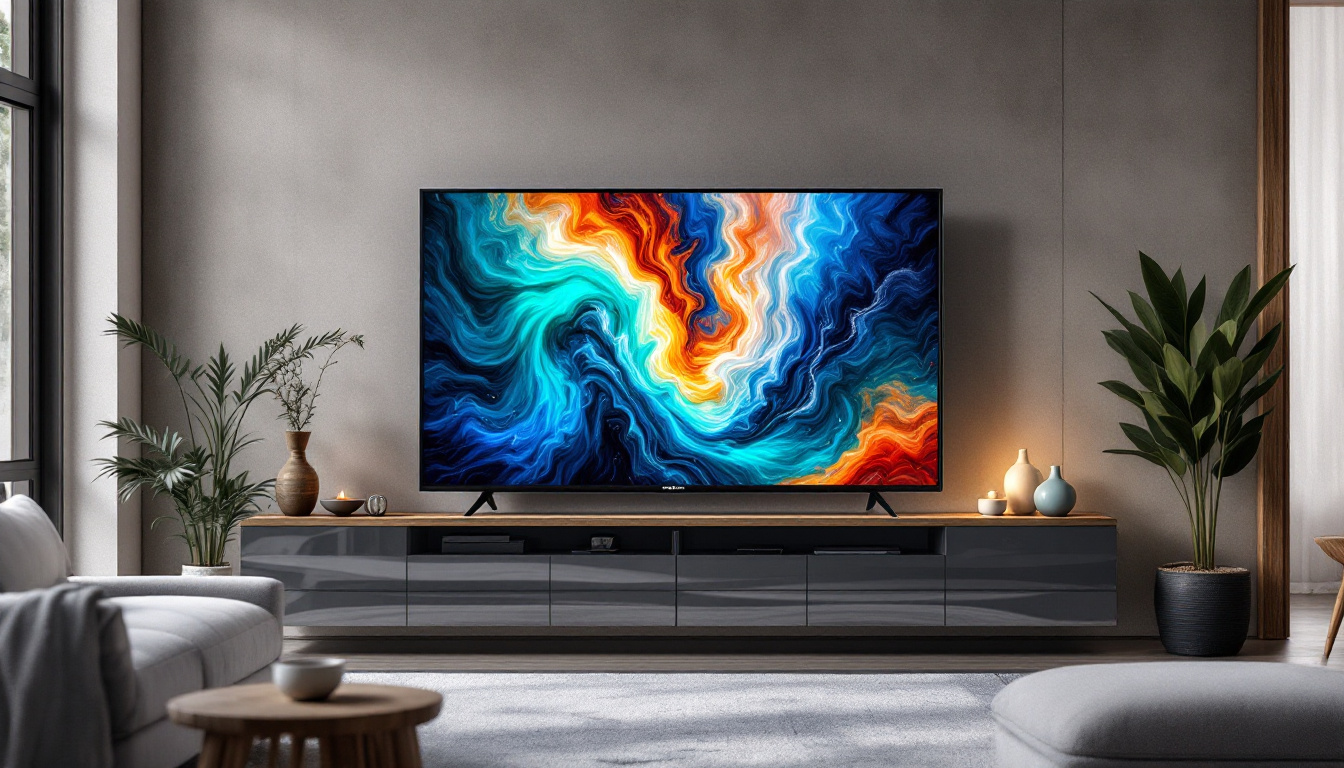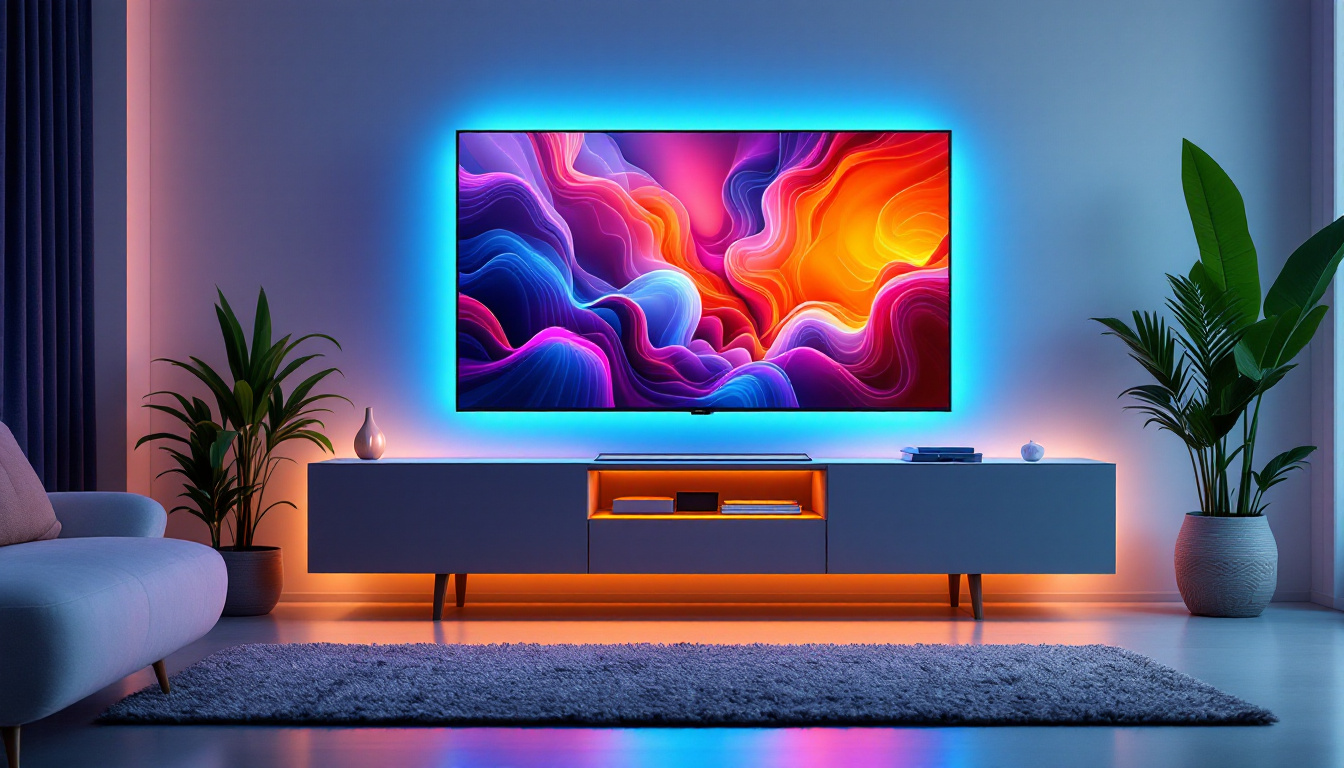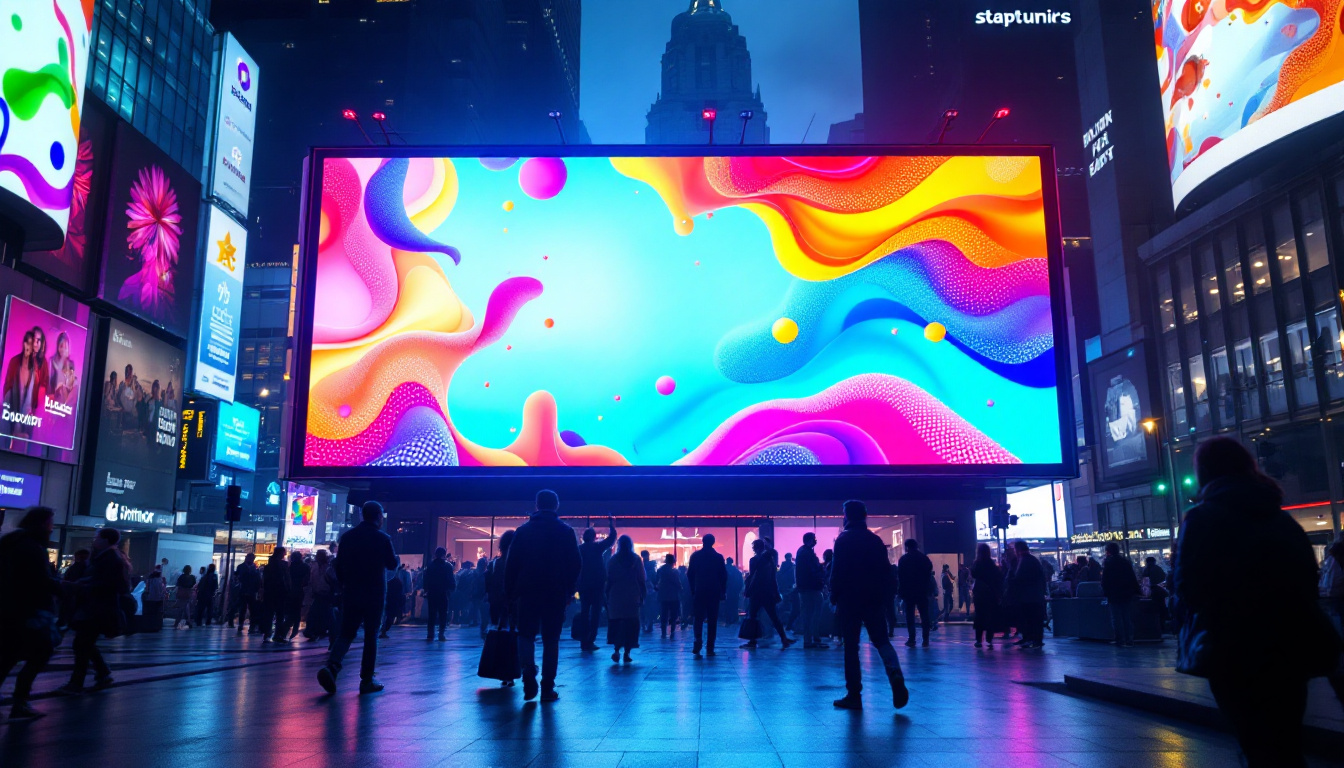Monitor LCD Touchscreen: LED Display Explained
In the realm of modern technology, the integration of LCD touchscreen monitors with LED displays has revolutionized the way users interact with their devices. This combination not only enhances visual quality but also improves user experience significantly. Understanding how these technologies work together can provide insights into their applications, benefits, and future potential.
Understanding LCD Technology
Liquid Crystal Display (LCD) technology has been a cornerstone in the development of modern display screens. It utilizes liquid crystals sandwiched between layers of glass or plastic, which manipulate light to produce images. The primary advantage of LCDs is their ability to provide sharp and vibrant visuals while consuming less power compared to traditional CRT displays. This efficiency not only contributes to lower energy bills but also makes LCDs an environmentally friendly choice, as they generate less heat and use fewer resources during manufacturing.
How LCD Works
The operation of an LCD monitor hinges on the alignment of liquid crystals. When an electric current passes through these crystals, they change orientation, allowing varying amounts of light to pass through. This process creates the images seen on the screen. The backlighting, typically provided by LEDs, plays a crucial role in illuminating the display, enhancing brightness and color accuracy. Moreover, advancements in technology have led to the development of various types of LCDs, such as IPS (In-Plane Switching) and TN (Twisted Nematic), each offering unique benefits in terms of viewing angles and response times, catering to different user needs and preferences.
Advantages of LCD Technology
One of the most significant advantages of LCD technology is its slim profile, which allows for lightweight and space-saving designs. Additionally, LCDs offer excellent color reproduction and high resolution, making them ideal for a wide range of applications, from office work to graphic design. Furthermore, they are less prone to screen burn-in compared to older technologies, ensuring longevity and consistent performance. The durability of LCDs is further enhanced by their resistance to external shock and vibration, making them suitable for portable devices such as laptops and tablets. As technology continues to evolve, features like touch sensitivity and higher refresh rates are being integrated into LCD displays, paving the way for more interactive and responsive user experiences in gaming and multimedia applications.
Exploring Touchscreen Capabilities
Touchscreen technology has become increasingly prevalent, allowing users to interact with devices through direct touch. This innovation has transformed how people engage with technology, making interfaces more intuitive and user-friendly. The rise of touchscreens has not only simplified navigation but has also opened up new avenues for creativity and productivity, enabling users to manipulate digital content in ways that were previously unimaginable.
Types of Touchscreen Technologies
There are primarily two types of touchscreen technologies: resistive and capacitive. Resistive touchscreens respond to pressure, making them suitable for environments where users may wear gloves or use styluses. In contrast, capacitive touchscreens detect the electrical properties of the human body, enabling multi-touch functionality and providing a more responsive experience. Additionally, there are other emerging technologies such as infrared and optical touchscreens, which utilize light sensors to detect touch, further expanding the versatility of touchscreen applications in various settings.
Applications of Touchscreen Monitors
Touchscreen monitors are widely used across various sectors, including retail, education, healthcare, and hospitality. In retail, for instance, they facilitate self-service kiosks, allowing customers to browse products and complete transactions seamlessly. In educational settings, interactive touchscreens enhance learning experiences by enabling collaborative activities and engaging presentations. Furthermore, in healthcare, touchscreens are revolutionizing patient interaction by allowing easy access to medical records and facilitating efficient communication between patients and healthcare providers. The ability to quickly input information or access vital data through a simple touch has proven invaluable in fast-paced medical environments.
Moreover, the hospitality industry has embraced touchscreen technology to streamline operations and improve customer service. Hotels and restaurants are increasingly utilizing touchscreens for check-in processes, menu displays, and even ordering systems, which not only enhance the customer experience but also optimize staff efficiency. The integration of touchscreens in these sectors demonstrates their adaptability and the growing expectation for interactive, user-centric solutions in everyday services. As technology continues to evolve, the potential applications for touchscreens are expanding, promising even more innovative uses in the future.
The Role of LED in Display Technology
Light Emitting Diode (LED) technology has significantly impacted display quality, particularly in LCD screens. LEDs are used as backlighting sources, providing improved brightness and energy efficiency compared to traditional fluorescent lights. This advancement has not only elevated the viewing experience for consumers but has also paved the way for innovations in various display applications, including televisions, computer monitors, and mobile devices.
Benefits of LED Backlighting
LED backlighting offers several advantages, including higher brightness levels, better contrast ratios, and a wider color gamut. These benefits result in more vibrant images and deeper blacks, enhancing overall visual quality. Additionally, LED technology is more energy-efficient, contributing to lower power consumption and reduced environmental impact. The longevity of LEDs also plays a crucial role, as they can last significantly longer than their fluorescent counterparts, reducing the need for frequent replacements and further minimizing waste.
Moreover, the rapid response times of LED technology allow for smoother motion handling, which is particularly beneficial for fast-paced content such as sports and action movies. This capability helps to eliminate blurring and ghosting effects that can detract from the viewing experience. As a result, consumers are increasingly drawn to LED-backlit displays for their home entertainment systems, leading to a surge in demand for high-quality visual technology.
Types of LED Backlighting
There are two primary types of LED backlighting: edge-lit and direct-lit. Edge-lit LED displays have LEDs positioned along the edges of the screen, allowing for thinner designs but sometimes resulting in uneven brightness. Direct-lit displays, on the other hand, feature a grid of LEDs behind the screen, providing more uniform lighting and better image quality, albeit at the cost of a thicker profile. This distinction is crucial for manufacturers and consumers alike, as it influences design choices and the overall aesthetic of the display.
In addition to edge-lit and direct-lit configurations, there are also advanced technologies such as local dimming, which enhances contrast ratios by selectively dimming or brightening specific areas of the screen. This feature is particularly advantageous for HDR (High Dynamic Range) content, where the difference between light and dark areas is more pronounced. As display technology continues to evolve, innovations like mini-LED and micro-LED are emerging, promising even greater improvements in brightness, color accuracy, and energy efficiency, further revolutionizing the landscape of visual displays.
Combining LCD, Touchscreen, and LED Technologies
The convergence of LCD, touchscreen, and LED technologies has led to the creation of advanced monitors that cater to various needs. This combination not only enhances visual performance but also improves user interaction, making devices more versatile and efficient.
Enhanced User Experience
By integrating touchscreen capabilities with LCD and LED technologies, manufacturers have developed monitors that offer superior responsiveness and visual clarity. Users can enjoy a more immersive experience, whether they are gaming, working, or consuming media. The ability to interact directly with the screen allows for quicker navigation and more engaging content consumption. Additionally, advancements in multi-touch technology enable users to perform complex gestures, such as pinch-to-zoom and swipe, which further enrich the interaction and usability of applications. This seamless integration of touch and display technologies not only elevates user satisfaction but also opens up new avenues for creative applications in design and education.
Impact on Various Industries
The integration of these technologies has had a profound impact on numerous industries. In healthcare, for example, touchscreen monitors facilitate quick access to patient information, improving efficiency and care quality. Medical professionals can swiftly navigate through electronic health records, access diagnostic tools, and even manipulate imaging data with ease, leading to better patient outcomes. In the corporate world, interactive displays enhance presentations and collaborative efforts, fostering creativity and innovation. Companies are increasingly adopting these technologies in conference rooms and training environments, allowing for dynamic presentations that engage audiences and encourage participation. Furthermore, the retail sector has embraced touchscreen displays for interactive kiosks, enabling customers to explore products, place orders, and receive personalized recommendations, thereby transforming the shopping experience into a more interactive and enjoyable journey.
Future Trends in Monitor Technology
As technology continues to evolve, the future of monitor displays promises even more advancements. Emerging trends indicate a shift towards higher resolutions, such as 4K and beyond, along with improvements in color accuracy and refresh rates. Additionally, the integration of artificial intelligence and machine learning is set to enhance user interaction and personalization.
Advancements in Display Resolution
The demand for higher display resolutions is driven by the need for sharper images and more detailed visuals. 4K and 8K displays are becoming increasingly common, providing users with unparalleled clarity. This trend is particularly evident in gaming, graphic design, and video production, where precision is paramount.
Incorporating Smart Features
Smart technology is making its way into monitor displays, with features like built-in voice assistants, connectivity options, and customizable settings. These advancements aim to create a more integrated and user-friendly experience, allowing individuals to tailor their monitor settings according to their preferences and needs.
Conclusion
The combination of LCD touchscreen technology with LED displays has transformed the landscape of modern monitors. By understanding the intricacies of these technologies, users can appreciate the benefits they bring to various applications. As advancements continue to unfold, the future of monitor displays looks promising, with innovations set to enhance user experience and redefine how we interact with technology.
In summary, the integration of LCD, touchscreen, and LED technologies is not just a trend; it represents a significant leap forward in display technology. Whether for professional use or personal enjoyment, these monitors are poised to become an essential part of everyday life.
Discover the Future of Display Technology with LumenMatrix
As you embrace the advancements in LCD touchscreen and LED display technologies, take your visual experience to the next level with LumenMatrix. Our commitment to innovation ensures that you have access to the most captivating and efficient LED display solutions on the market. From enhancing brand visibility with our Indoor and Outdoor LED Wall Displays to creating dynamic environments with our Vehicle, Sports, and Floor LED Displays, LumenMatrix is at the forefront of revolutionizing visual communication. Don’t miss out on the opportunity to captivate your audience and share your message with unparalleled clarity. Check out LumenMatrix LED Display Solutions today and see how we can empower your business with our cutting-edge technology.


